Name: South Polar Skua, MacCormick's Skua (Stercorarius maccormicki)
Length: 50 cm.
Weight: 900 to 1600 grams.
Location: Antarctic. Winters in the Atlantic, Indian, and Pacific Oceans.
Conservation status: Least Concern.
Diet: Fish, birds, rabbits, carrion.
Appearance: Gull-like, dirty brown or grey with darker wings. Barrel chest. Blue hooked bill. Broad, round wings.
How do Southern Polar Skuas feed?
South Polar Skuas often bully smaller birds to steal their catches. They also dive or pluck fish from just under the surface.
Are Southern Polar Skuas social?
They are territorial, chasing off competitors. Some form loose colonies during breeding, but pairs may nest alone. During feeding, they can be found in noisy flocks of up to 100 individuals.
How fast do South Polar Skuas fly?
They can reach flight speeds of up to 50 km per hour.
What are South Polar Skua birthing rituals like?
They reach sexual maturity around 6 years of age and are typically monogamous, returning to the same nesting site annually. Nests are simple scrapes in the ground. The female lays about 2 eggs in November or December, with both parents incubating for a month. The first hatchling is usually larger and may drive the younger one from the nest or kill it.
How long do South Polar Skuas live?
They live for about 10 years in the wild.
How many South Polar Skuas are there today?
There are over 15,000 adult South Polar Skuas worldwide.
Do South Polar Skuas have any natural predators?
They don't face many natural predators but have low breeding success rates, making population maintenance challenging.
7 Superlative South Polar Skua Facts
1. Females are larger than males.
2. They are the greyest members of the Skua species.
3. They have a vast migratory range, some wintering as far north as Alaska and Greenland.
4. They enjoy penguin eggs but struggle to get them due to competition from Brown Skuas.
5. They are slighter in body, thinner in bill, smaller in head, and narrower in wings than other Skuas.
6. They will attack humans if they get too close to their nests.
7. When not breeding, they live mainly at sea.




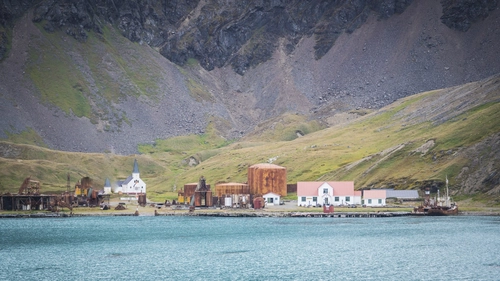

Related Trips


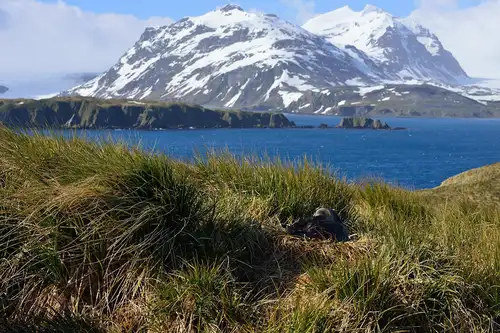
Flowers in Antarctica
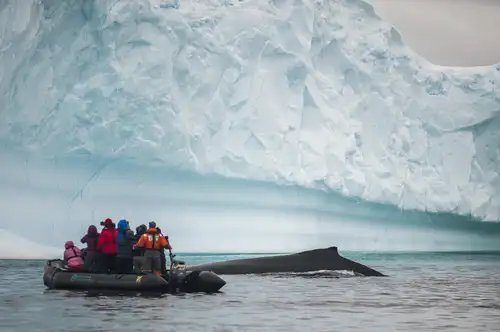
A Day of Whale Watching in Antarctica

Camping in Antarctica: a True Expedition Experience
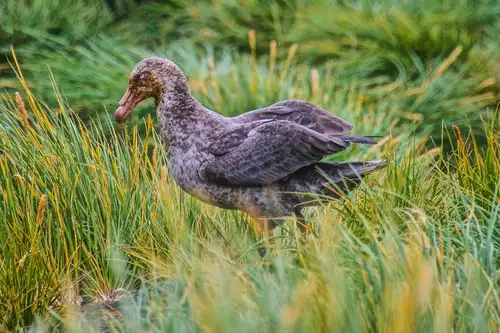
The Giant Petrels of King George Island

The Classic Polar Cruise: Antarctic Peninsula Facts, Pics, and More
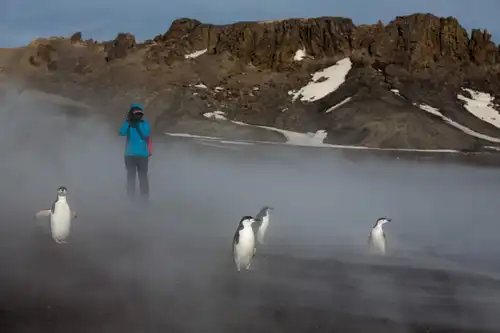
Graham Land: A landscape dominated by volcanoes
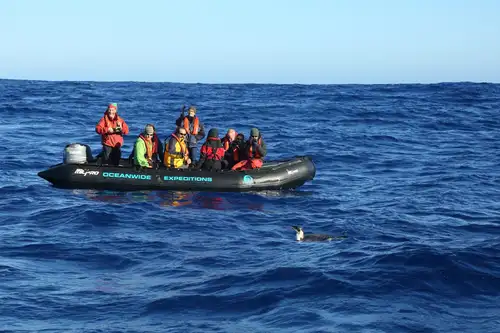
The Emperor Penguin of the Drake Passage

Antarctic Explorer’s Voyage
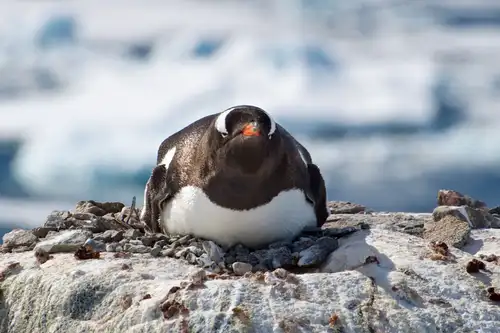
Life in a Penguin Colony

Port Lockroy: History, Post Office, and Resident Penguins
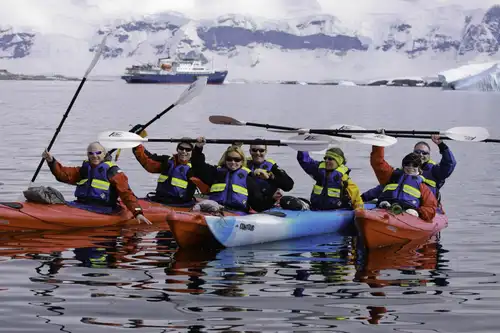
A Day of Basecamp in Antarctica – Paradise Harbour
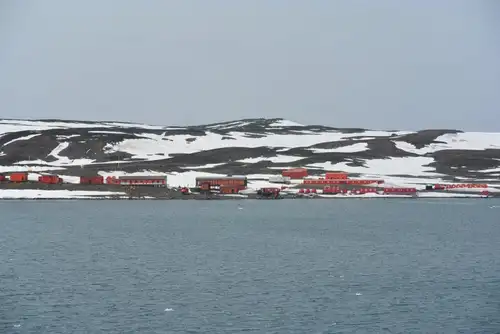
Living the Antarctic Dream






 11 Days / 10 Nights
11 Days / 10 Nights





